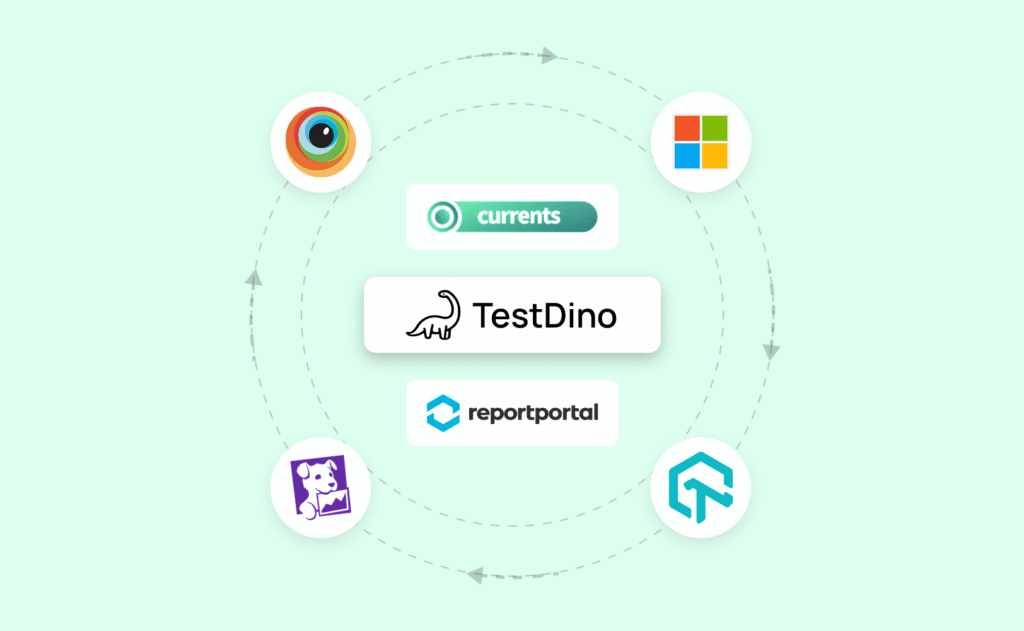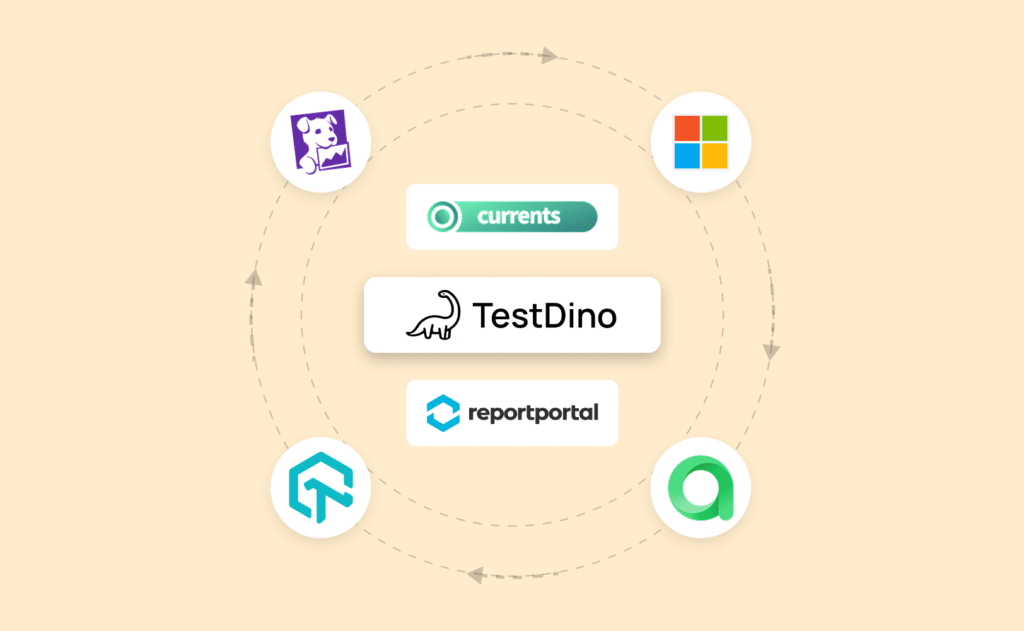Finding the best Currents alternatives in 2025 shouldn’t take forever.
Currents is known for real-time Playwright execution streaming, but many teams face limits with analytics, debugging, and role-based insights.
To help you pick the right fit, we compared the top options based on setup time, CI/CD integration, and reporting depth.
To address these needs, we’ve compiled the 8 best Currents alternatives worth considering.


